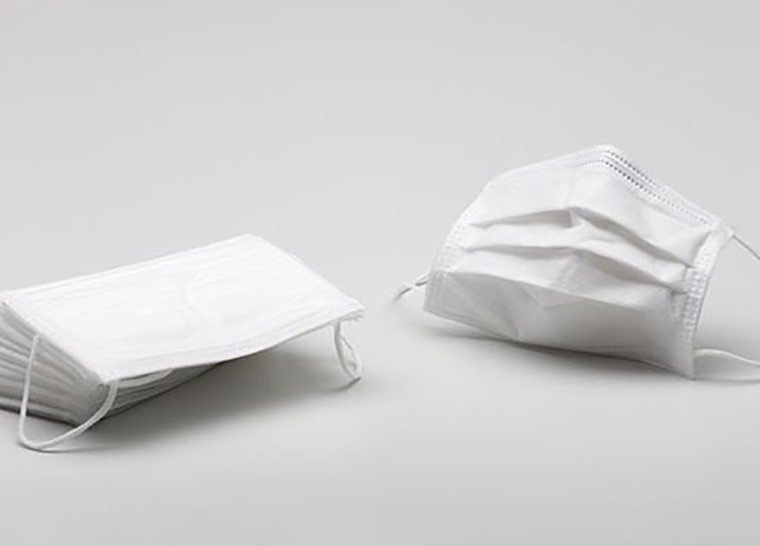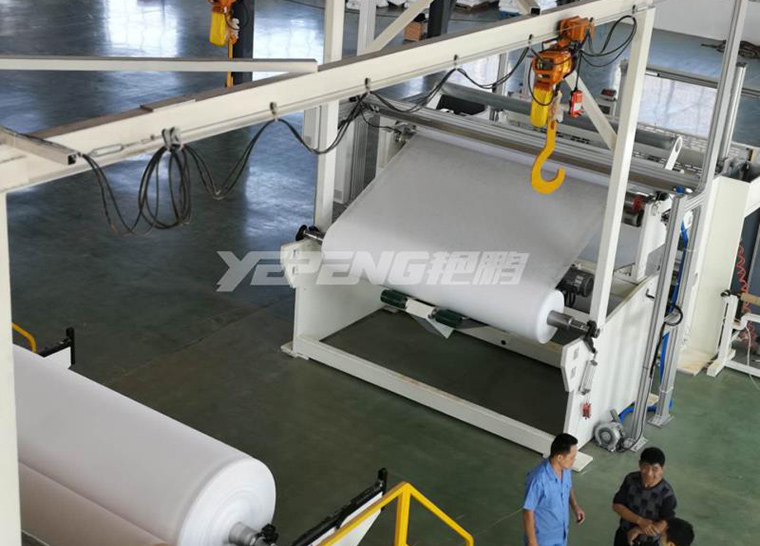According to statistics, the global production capacity of PP Spunbond / melt spun nonwovens exceeded 4 million tons in 2016, an increase of about 3.6% over 2015. According to the announced investment plan, the global production capacity will increase to nearly 4.2 million tons in 2017, which means an annual growth rate of 3.2% between 2015 and 2017.
It is estimated that the global production capacity will reach 4.3 million tons in 2020, which is equivalent to an annual growth rate of 2% from 2015 to 2020.
The annual growth rate of production capacity in 2010-2015 is 5.3%. In fact, considering that there may be new capacity investment in the future, global capacity may be higher before 2020. The year-on-year growth may be higher due to the different production time of the production line.
Although it is still in the early stage of this stage, the ongoing or announced global capacity expansion in 2015-2020 is far behind the capacity realized in 2010-2015. About 1.39 million tons of new capacity was added in 2010-2015, while 415000 tons of new capacity was put into production or announced in 2015-2020. We expect that the capacity in 2020 will be higher than our current estimate, but still lag behind 2010-2020, because the new capacity in the later period will continue to be digested.
Many manufacturers continue to install new production lines to modernize their technology to meet the changing and growing needs of the market, positioning themselves in the market of high growth areas. Once the new and higher capacity is fully utilized, they can achieve lower cash costs.
By region and announced projects, annual capacity growth in South Asia is expected to exceed 10% in 2015-2017, higher than all other regions in the world. Capacity growth in South Asia (India / others), Africa and the Asia Pacific region will be higher than the global average. During this period, annual capacity growth in Europe is expected to exceed 4%, with most of the new capacity in northern Europe. In North America, capacity growth is expected to be around 4% a year. After years of rapid expansion, the installation of new production lines in China is expected to be limited in the near future.
Global demand for this technology is expected to grow by about 4.9% in tons and 5.1% in square meters between 2015 and 2020. The higher growth in square meters is due to the fact that the market demand for sanitary products is higher than that for lighter materials, resulting in lower demand in tons. According to the current forecast of capacity expansion, the capacity utilization rate of global production lines increased slightly in 2016 and will continue this trend until 2020.
In emerging markets, the penetration rate of disposable nonwovens and durable nonwovens is low, so the demand of emerging markets will grow at a higher speed. The total market growth rate from 2015 to 2020 is in tons. Africa, China, South Asia and the Asia Pacific region will grow fast. Europe, North America, South America and Central America will grow slightly. The Middle East market will grow moderately.
The demand for spunbond and fusible nonwovens in hygiene products and other application markets will further drive the growth. China's annual demand growth will be lower than the previous high growth level, but still attractive. Overall, the growth in demand for hygiene products in the Asia Pacific region remains attractive as more and more companies use PP spunbonded and melt spun nonwovens to replace other nonwovens, as well as the increased market penetration of disposable hygiene products.
This will improve the utilization rate of equipment, especially the non-woven manufacturers in Asia and the world. Attractive market growth in the Asia Pacific region, as well as increased capacity utilization in South America and China, will attract a new round of investment in production equipment.
The main market of polypropylene melt spun nonwovens is sanitary products, accounting for about two-thirds of the global production capacity. Other important markets include various construction applications (geotextiles, residential and commercial wall coverings and floor coverings), household products (furniture fabrics and carpet backing), medical and industrial protective clothing, automobiles and other uses.








